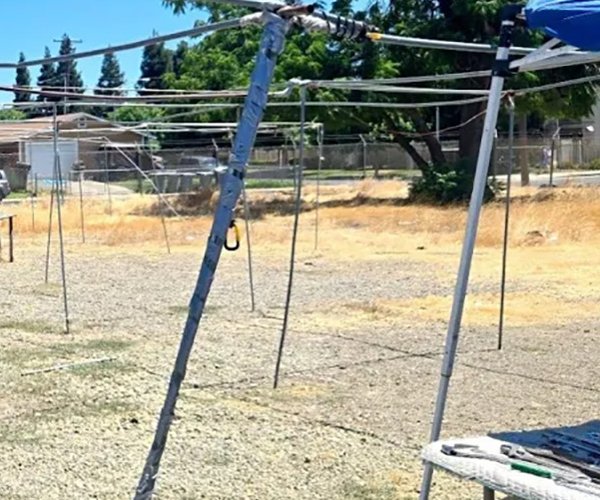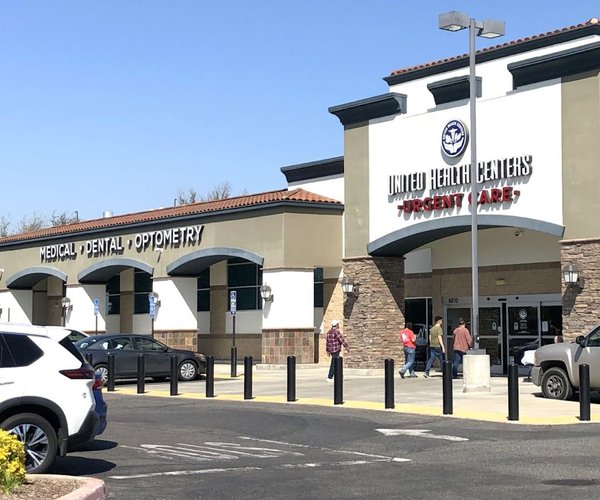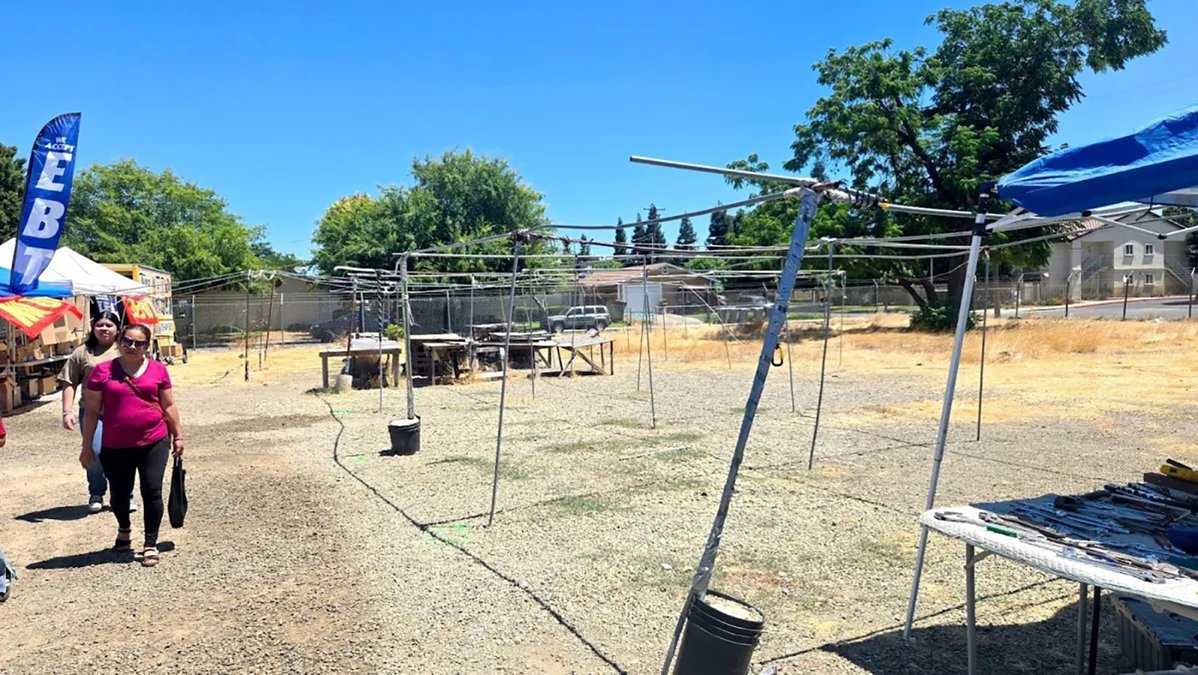A revision to the county’s medically indigent adult healthcare program, forced by a lawsuit, will make free or low-cost healthcare available to more county adults, affect payment schedules for many existing participants, and raise county costs.
“The impact to the patients varies,” said Mary Ann Lee, managing director of the Stanislaus County Health Agency. “For some patients, they’ll be eligible, based on approval, that aren’t eligible now. For some patients, they’ll be contributing more to their costs of care, and yet others will contribute less or won’t have to contribute to the costs of their care.”
The new policy, effective May 1, will see individuals who earn from 0 to 116 percent of the federal poverty limit – $902.50 per month for a family of one – qualify for no-cost healthcare. Those earning 117 to 223 percent of the federal poverty limit will qualify for a hardship eligibility, by which they may participate in the program by covering a share of medical costs.
The cost sharing works like a monthly deductible, equal to the amount one earns over the no-cost income limit – $1,047 per month for a family of one. Should a patient earn $1,147 monthly, he or she will be responsible for the first $100 of monthly MIA costs, while the program will pay for any further expenses. Services will not be delayed if payment cannot be made at the time of service; payment arrangements will be made available.
Currently, only those earning 0-49 percent of the federal poverty limit receive no-cost care, while those earning 50 percent to 129 percent pay co-pays. Those earning 130 percent to 200 percent of the federal poverty limit qualify for a lower share of cost, and those above 223 percent are not qualified.
The expanded services will cost Stanislaus County between $130,000 and $205,000, based on staff projections. The extra costs must be paid with county dollars; no extra state funding is available, as the program is funded through dwindling sales tax and vehicle license fee realignment revenue.
Program changes driven by legal action
For the six months following Oct. 1, 2009, the eligibility limits were tighter yet in a cost savings effort – only those earning up to 33 percent of the federal poverty level qualified for no-cost help, those between 33 and 65 percent of the federal poverty level paid co-pays, and those earning up to 200 percent of the federal poverty level were responsible for share of cost payments.
But the Western Center on Law and Poverty challenged that policy in early 2010, arguing that the policy should consider an individual’s ability to pay in determining eligibility. The WCLP was successful in suing both San Diego and Fresno on the same issue, with courts compelling the cities to consider local cost of living factors.
In response, the Board of Supervisors reversed their decision on April 1, 2010, reinstating the income standards and cost sharing policies which were previously in effect while a cost of living study was undertaken by county staff and examined by outside consultants. That study ultimately resulted in the newly adopted eligibility requirements
“Based on the cost of living study, we were able to make recommendations that were based on local ability to pay,” Lee said.
To contact Alex Cantatore, e-mail acantatore@turlockjournal.com or call 634-9141 ext. 2005.









